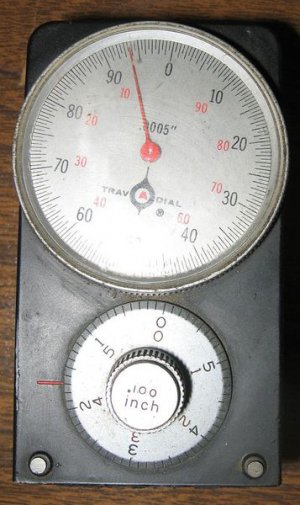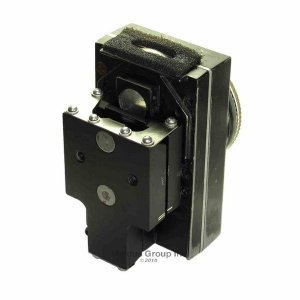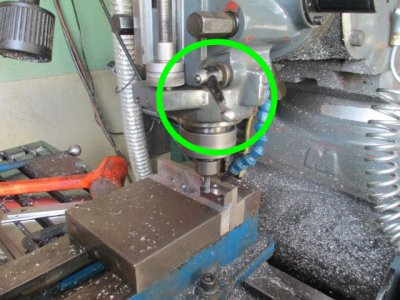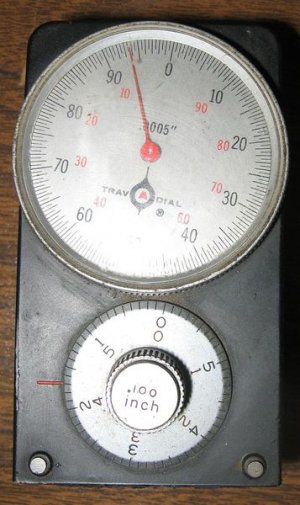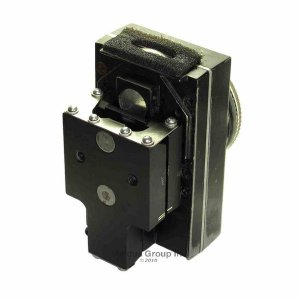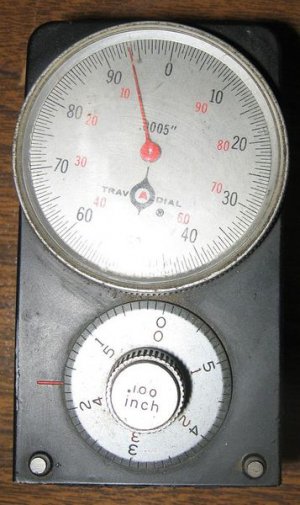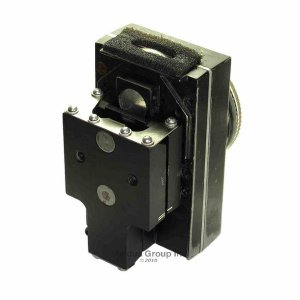- Joined
- Jul 20, 2014
- Messages
- 1,386
Used the mic dials on the BP mill today for the first time.
Worked really well. I used my Starrett 827B edge finder
and was able to locate my holes right on the spot that I
marked off and punched. I really want an Accurite II. Working with the mill
would be a breeze! How much for the complete Accurite set up?
I know theres a lot of hardware to go with the electronics. Is it a lot of work
to install and what kind of tools would I need?
Thanks
Worked really well. I used my Starrett 827B edge finder
and was able to locate my holes right on the spot that I
marked off and punched. I really want an Accurite II. Working with the mill
would be a breeze! How much for the complete Accurite set up?
I know theres a lot of hardware to go with the electronics. Is it a lot of work
to install and what kind of tools would I need?
Thanks

